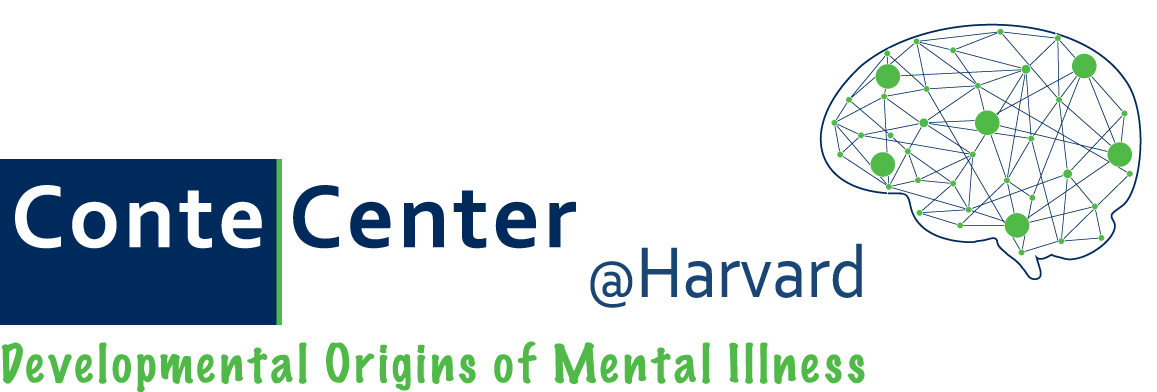E/I Balance IS our community blog on mental health research
E/I Balance refers to the balance of excitatory (E) and inhibitory (I) activity in the brain.
When neurons communicate with each other, they release excitatory or inhibitory neurotransmitters – chemicals that intensify or dampen, respectively, the electrical activity of other neurons. The balance between these excitatory and inhibitory signals is important for the brain’s plasticity, or capacity for change.
Neurons Communicating in the Brain, from Deposit Photos - © lightsource
Early in brain development, the balance is skewed towards excitation. As the brain matures, inhibition increases. Neurons that secrete inhibitory neurotransmitter are thought to turn on “critical periods” or "sensitive periods"—windows of heightened plasticity in brain development. These are the times, different for different brain circuits, when environmental experience most potently shapes neural architecture.
Disruptions of E/I balance and alterations in brain plasticity are thought to underlie several nervous system disorders, including mental disorders such as autism and schizophrenia.
Featured Posts:
Celebrating the courage of families battling Rett syndrome
Sensory processing problems in autism: Mice reveal brain mechanisms, treatment potential
Windows of plasticity in brain development: What’s a neuron gotta do to open one?
Music therapy: Why it's not in every hospital, but could be soon
Kuhl Constructs: How Babies Form Foundations for Language
Anorexia Through the Ages: From Sainthood to Psychiatry
Mental Illness in Teens: The Latest Stats & Why They Matter
3 Interesting Characters in ADHD History

